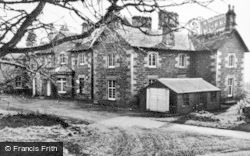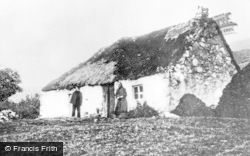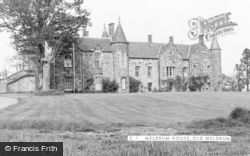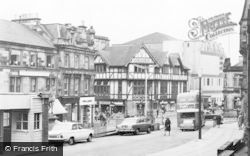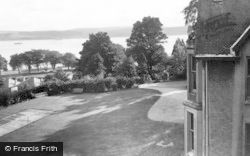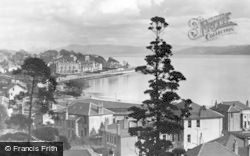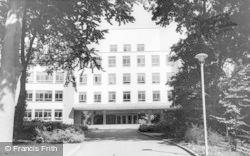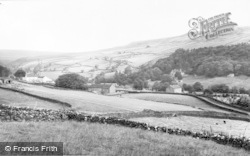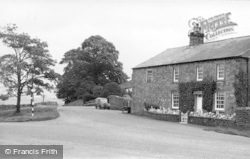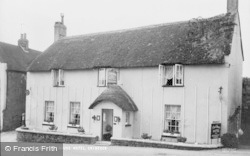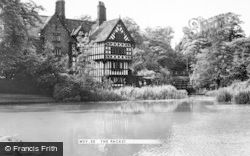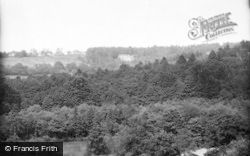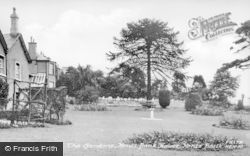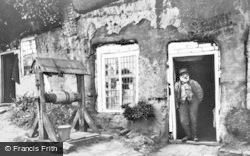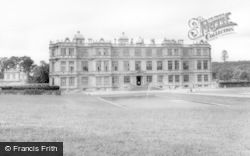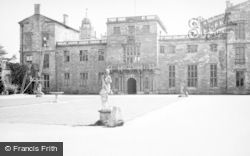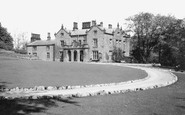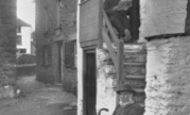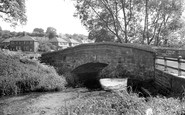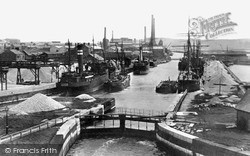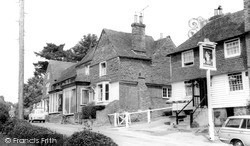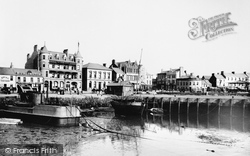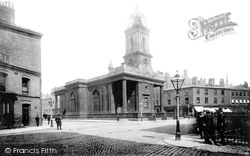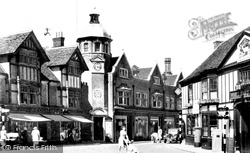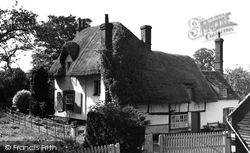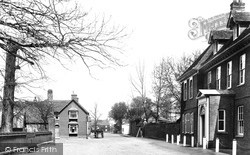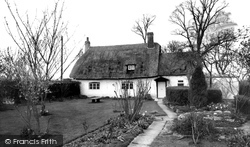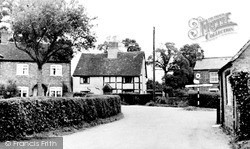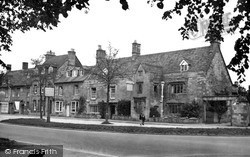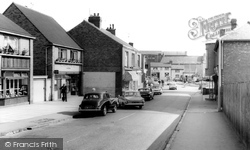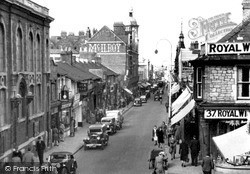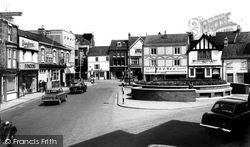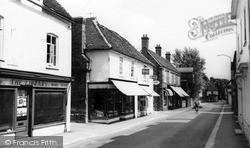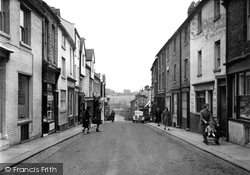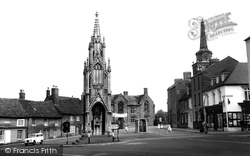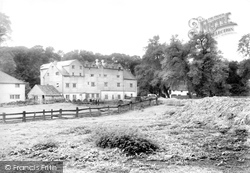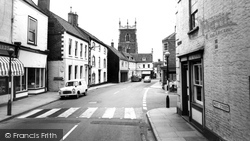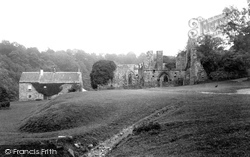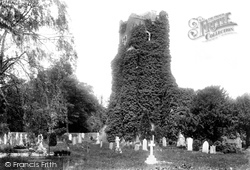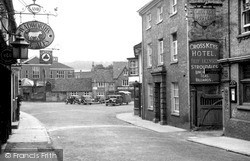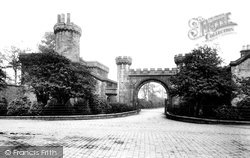Places
36 places found.
Those places high-lighted have photos. All locations may have maps, books and memories.
- Chatsworth House, Derbyshire
- Osborne House, Isle of Wight
- Brambletye House, Sussex
- Ickworth House, Suffolk
- Kingston Lacy House, Dorset
- Boscobel House, Shropshire
- Preshute House, Wiltshire
- Bolton Houses, Lancashire
- Brick Houses, Yorkshire
- Quaking Houses, Durham
- Water Houses, Yorkshire
- Bottom House, Staffordshire
- New House, Kent
- Mite Houses, Cumbria
- Lyneham House, Devon
- Church Houses, Yorkshire
- Dye House, Northumberland
- Spittal Houses, Yorkshire
- Street Houses, Yorkshire
- Tow House, Northumberland
- Halfway House, Shropshire
- Halfway Houses, Kent
- High Houses, Essex
- Flush House, Yorkshire
- White House, Suffolk
- Wood House, Lancashire
- Bank Houses, Lancashire
- Lower House, Cheshire
- Marsh Houses, Lancashire
- Chapel House, Lancashire
- Close House, Durham
- Guard House, Yorkshire
- Hundle Houses, Lincolnshire
- Hundred House, Powys
- Thorley Houses, Hertfordshire
- School House, Dorset
Photos
6,747 photos found. Showing results 5,481 to 5,500.
Maps
370 maps found.
Books
Sorry, no books were found that related to your search.
Memories
10,363 memories found. Showing results 2,741 to 2,750.
Netley Football Club
I was born in Netley Abbey in 1962. My dad and uncle were joint managers of Netley F.C. who had their ground at the rec down by the waterfront. I was only 11 when my uncle died and 12 years old when my dad died so the memories ...Read more
A memory of Netley in 1970 by
Our First Visit To Eyam
My husband's family comes from the Derby area. Our son is very proud of his Derbyshire roots, and sought to buy a house close to Derby yet - if possble - in a village in the Peak District. He and his wife spent many days and ...Read more
A memory of Eyam by
Home
I was born in Grassington in March 1953, in a small cottage in a row of three on Chaple Street. They were known as the "Monkey Houses", as they are probably, still known today. By true locals anyway. My father was born at the town hall as ...Read more
A memory of Grassington in 1953 by
Berkeley Avenue
Hallo My husband Ken lived in Berkeley Avenue from about 1936 to 1960, with a couple of years off doing National Service. He tells me he cannot remember there being anything but a petrol station at the end of the road, but with ...Read more
A memory of Cranford in 1940 by
Milnathort A Genteel Place
My sister and I were invited to spend holidays at the home of a very kind lady in Milnathort. Church of Scotland ministers were asking members of their congregations to look after children from 'homes' during the ...Read more
A memory of Milnathort in 1965 by
Detling Village
My brothers and I attended Detling Primary School in the 1970s. Mr. Chidgy was headmaster and lived in the schoolhouse joined onto the main school hall, then later Mr. Cuthbert. We sat on the wooden highly polished floorboards of ...Read more
A memory of Detling in 1970 by
Grandma Grandads House New Street
My grandma and grandad lived in New Street, Millbrook. I remember as a six-year-old going to see them and going to the 'swan pool' at the bottom of the road and feeding the swans. Grandma died in 1966 and ...Read more
A memory of Millbrook in 1965 by
The Three Pilchards
You are probably referring to the "Three Pilchards" pub and this photo is not that pub. It is a house a little further up from the pub. Your picture is that of a house. The Three Pilchards (which is still a pub) was for a number of years in the 1990s in the ownership of my close family.
A memory of Polperro in 1950 by
Mrs Jemmison
How we must have given this lady a headache. She lived at the bottom of the lane and we children used to go to the side of her house and play ball. Many times she came out, not to complain, just to ask us to move further up the wall ...Read more
A memory of Harpurhey in 1956
Victoria Mill Bridge
I remember this bridge very well. Brought up in MD from 1938 until I left to join the Royal Navy in 1955. We, my brother Tony and Brian Roylance, spent many happy hours in the vicinity especially fishing for ...Read more
A memory of Market Drayton in 1940 by
Your search returned a large number of results. Please try to refine your search further.
Captions
6,914 captions found. Showing results 6,577 to 6,600.
Seasonal traffic included cargoes of fish in May and June, bound for the curing houses of Stornoway, Peterhead and Wick.
The King's Head was built in 1733; not originally a public house, it had a cellar to store stalls for an annual fair held nearby.
The Stag's Head ranked as a public house, but took visitors. It stands at the corner of Ballymagee Street, a name which was not thought quite suitable; it eventually became High Street.
Interestingly, the four columns seen in our picture were taken to Knutsford to await use in another building, and that is where they are today - behind the King's Coffee House in King Street, Knutsford
The first shop was in a house in South Street, and then new premises were found in Swan Street, to the left of the island site. As business grew, it moved in 1875 to this site in Bocking End.
On the north side of the road is the Plough Inn, occupying another of the 16th- and 17th-century village houses, in this case with late medieval cruck frames within.
On the other side of the road, at the junction to Station Road, a farmer`s trap waits for the Swan public house to open.
Long Crendon has over 20 cruck houses, an unusual concentration, but many of the villages round about have a few - Haddenham has four and Grendon Underwood two, for example.
Long Crendon has over 20 cruck houses, an unusual concentration, but many of the villages round about have a few - Haddenham has four and Grendon Underwood two, for example.
Moreton was a market town for the woollen industry in centuries past, and it was also an important centre for the linen weaving industry and a coaching town in the days of horse-drawn travel
The village does retain some vestiges of its less recent past in a small collection of timber-framed houses.
The small shop fronts to the left were built out from the original terraced houses.
The 18th-century Tivoli Tavern (the white building, centre left), formerly the Globe, is still there, but the buildings on the left are no more, having being replaced by Devonshire House.
Leading from the High Street to the Square, Bell Street is lined with shops and public houses.
The World's End, a Phipps's house, was one of these pubs (second right). Brook Street also had at least four pubs as well.
The houses on the right survive, but those to the left of the monument were swept away and replaced by a small park, just one of many 'improvements' after 1963.
Though there was a castle here that withstood a siege in 1335, the five-storey tower-house dates from the late 14th to early 15th century.
Further along The Broadway, and set back, is a row of shops which in fact incorporate a fragment of The Red House. This row was demolished in the 1980s to make space for a large office block.
This fine old building houses a large water-mill, which like most of Norfolk's water-mills has a hidden undershot wheel.
The grocers' shop has now been incorporated into the George public house. West Street, whose sign (right) has now gone, is the route to Horncastle and Lincoln.
Before the end of the century Finchale had become a dependent house of about nine or ten monks.
Priory, remodelled by Sir John Soane in the late 18th century, where Queen Adelaide died in 1849; here, too, is Stanmore Hall, a remarkable ragstone building which until a great conflagration in 1979 housed
It closed in 1974, and is now known as Marsh House. Opposite is the Lamb, which first made its appearance on this site between 1672 and 1781. The present Lamb opened in 1833.
In March 1902 she sold the hall and its 62 acres to Burnley for the very low price of £17,500, and paid for the art gallery it housed.
Places (80)
Photos (6747)
Memories (10363)
Books (0)
Maps (370)


